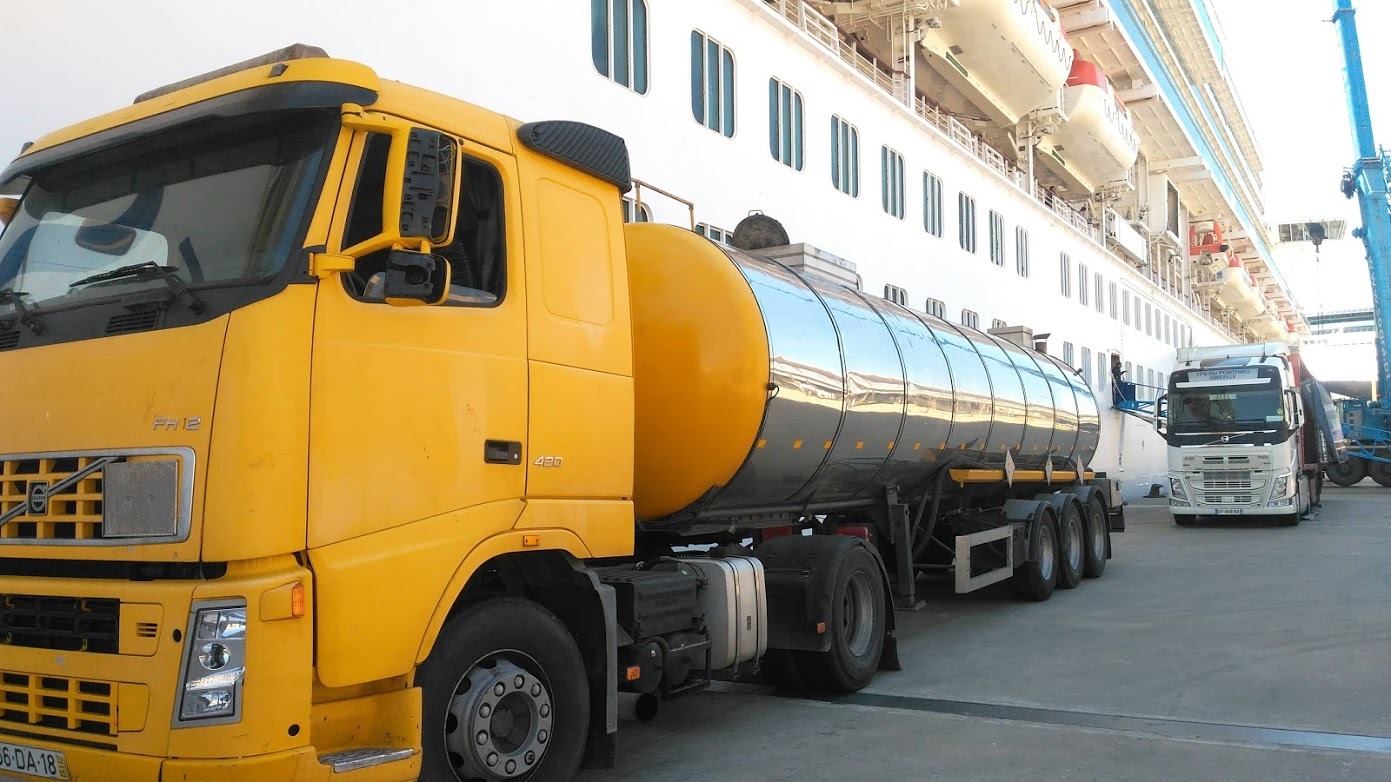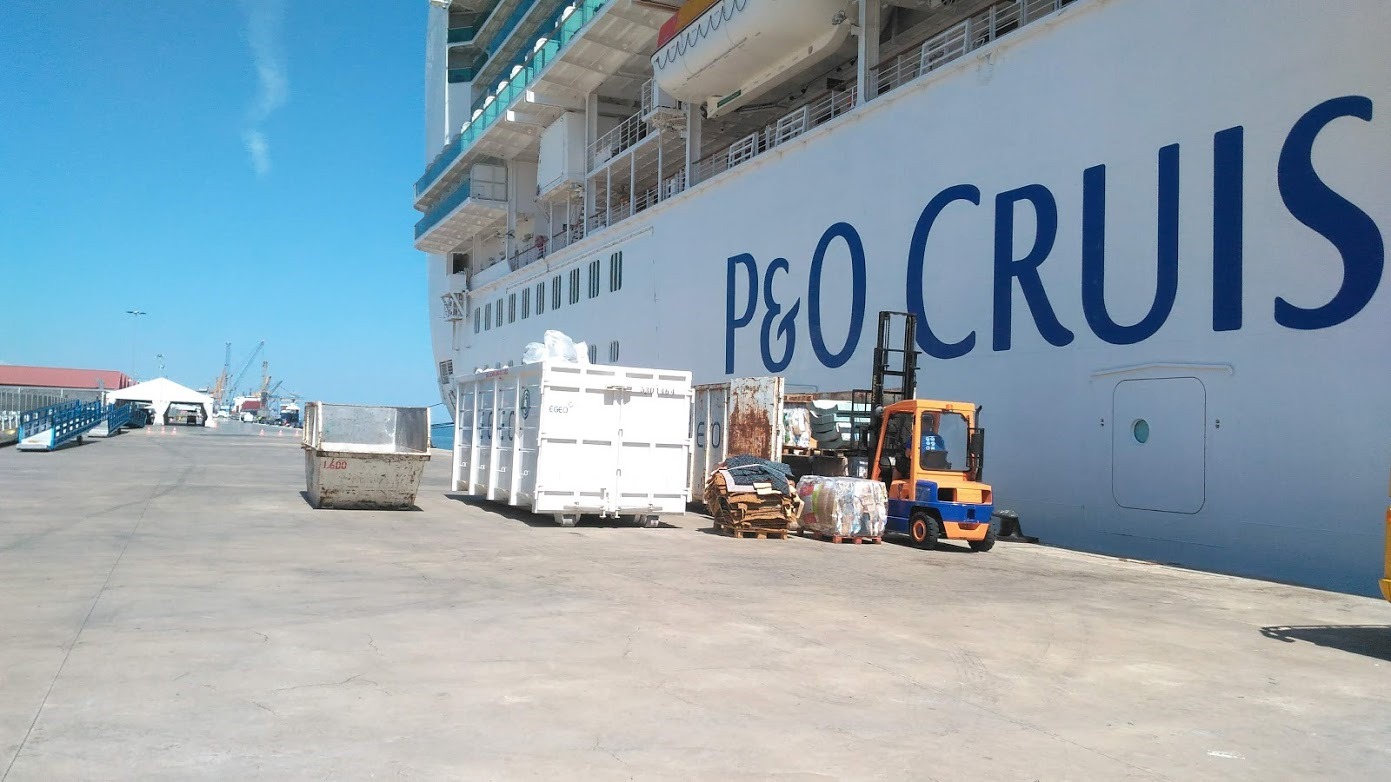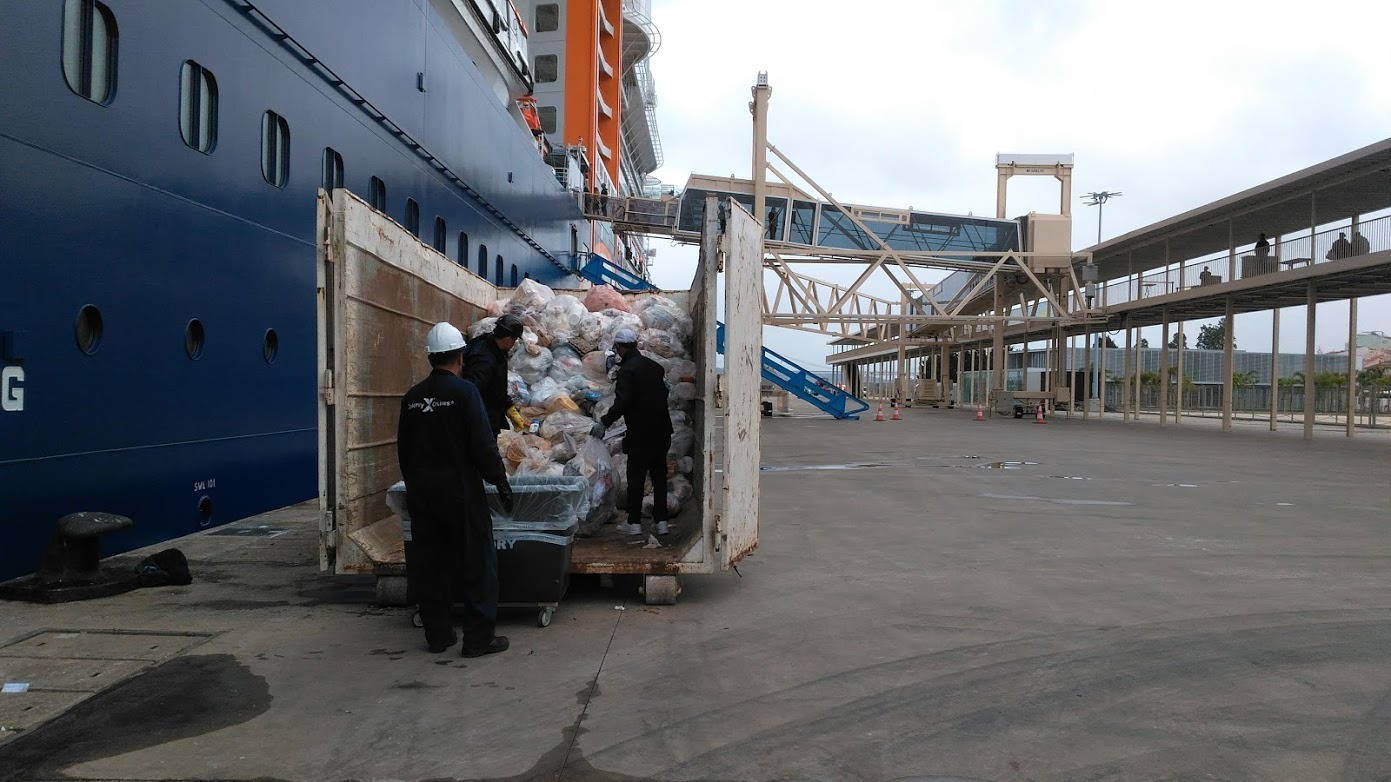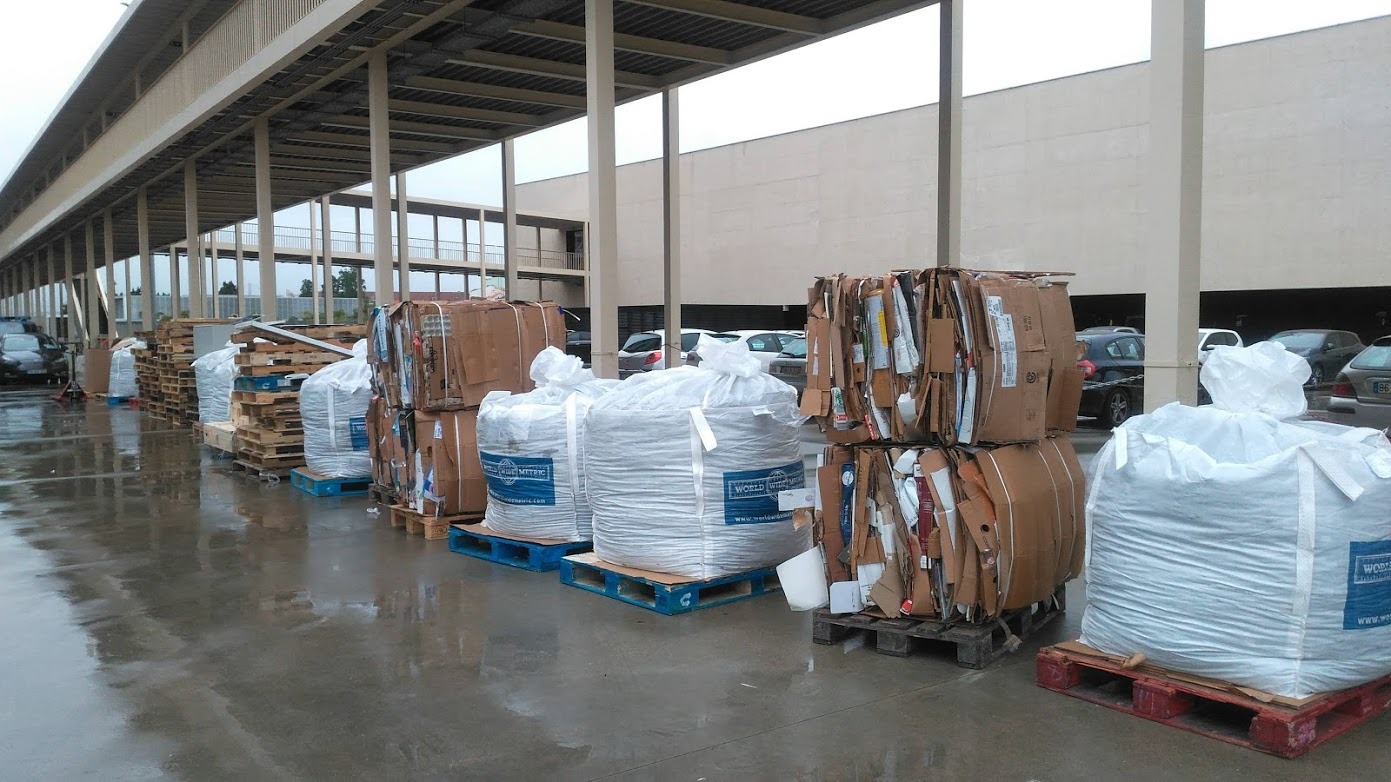Este website utiliza cookies. Ao continuar a navegação está a aceitar a sua utilização.
Caso pretenda saber mais, consulte a nossa política de privacidade.
APL, S. A., as a port authority, is responsible for ensuring the performance of all waste management operations from vessels, which call or operate in its jurisdiction area, in accordance with Decree-Law no. 165/2003, of 24 July.
Please visit our Tariffs and regulations page to see the current rules and procedures, within the scope of port management of ship waste.
Water quality control
According to national legislation and port regulations, and in order to preserve the water quality of the Tagus estuary, APL, S.A. does not allow any ship discharges to the river - zero discharges.
Discharges include waste, wastewater, ballast water and water from the washing of gas emissions control equipment.
APL, S.A. provides port facilities for the reception of waste, ensuring that it is sent to an appropriate final destination by authorized waste management operators.
Ballast water control
Ships’ ballast waters can introduce pathogenic or non-native organisms into the Tagus estuary waters, causing negative impacts on marine biodiversity and even on the economy.
Our action is based on the IMO guidelines and on the International Convention for the Control and Management of Ballast Waters and Sediments of ships. We control ballast water on board the ships, using a form on JUP (Port Single Window) platform, which is filled in at each port call of the ship.
The ballast water questionnaire gathers information such as the ballast water origin, the tanks’ storage capacity and the ballast water management procedures implemented on board. The analysis of this information allows us to carry out a risk assessment of the introduction of exotic species to our estuary.
We also recommend that direct river ballast/de-ballasting operations are carried out at sea and not on the quay. Ships should, whenever possible, replace ballast with ocean waters during voyages to and from the port, if the navigation, weather, and sea conditions allow it.
Controlo of atmospheric emissions from ships
Atmospheric emissions from ships have been a priority for APL, S.A. in recent years.
APL, S.A. monitors the ships to identify and characterize the emission mitigation equipment implemented on board, fuel change procedures and sulphur content in the used fuel. Together with environmental officials, APL, S.A. defines proactive measures that contribute to the improvement of air quality in the Tagus estuary and surrounding area.
APL, S.A. also recommends the use of fuels with low sulphur content (less than 0.1% by mass) from the ship's entry into port, when navigating, at berth and / or at anchor, until leaving the port. The fuel must be changed before entering port and after leaving port.
Ships inform APL, S.A when they use emission mitigation equipment equivalent to fuel with low sulphur content, such as scrubbers.
Only the use of scrubbers in close loop is allowed, and no discharge to the river is allowed.
Still on this subject, APL, S. A. prohibits the use of on-board incinerators and open loop scrubbers, from the ship's entry into port until its departure.
APL, S.A. also contributes to the elaboration of the National Emissions Inventory, providing relevant data for the purpose of surveying and quantifying emissions.




